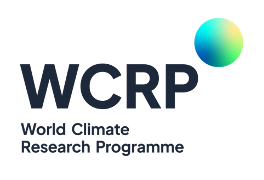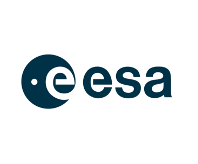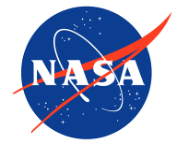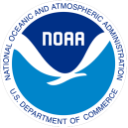Workshops
2nd GEWEX Earth’s Energy Imbalance Assessment Workshop
June 1 – 5, 2026, 8:30am – 5:00pm, Pacific Time Zone (PT)
Pasadena, CA, USA (hybrid)
The deadline for submitting an abstract is January 31, 2026.
Click here to submit an abstract
Registration (free!) – opens in January
About this workshop

The Earth’s Energy Imbalance (EEI) is the difference between Earth’s absorbed solar radiation and Earth’s thermal radiation emitted at the top of the atmosphere (TOA). Integrated over the globe and over multiple years, the EEI represents a measure of the excess or deficit of energy stored in the Earth system. Over the last several decades, EEI has been positive and increasing in response to anthropogenic forcings.
Measuring and understanding EEI, its time variability, and long-term trend is essential to understanding the current state of our planet and predicting its future evolution. Under its Data and Analysis Panel (GDAP), the World Climate Research Programme’s (WCRP) core project Global Energy and Water Exchanges (GEWEX) initiated the “Earth Energy Imbalance assessment”. The GEWEX-EEI assessment’s objective is to evaluate the quality and the uncertainty of current EEI estimates. It focuses mainly on two sources of data: 1) observations of the TOA radiative fluxes from space radiometry and 2) observations of the ocean heat content from in situ data, satellite altimetry, space gravimetry and ocean reanalysis. The surplus energy is not entirely stored in the ocean, about 9% of the energy is stored in other components of the Earth system such as the cryosphere, the continents and the atmosphere. These other energy stores are also evaluated in the framework of the assessment.
The approach adopted in the GEWEX-EEI assessment is to design an intercomparison of EEI estimates and associated uncertainty. This intercomparison enables progress on:
- Assessing the quality of different EEI records
- Understanding the sources of uncertainty in different EEI estimates
- Understanding the causes for the spread in EEI estimates
- Quantifying and understanding EEI time variability including trends
- Improving regional earth energy and heat uptake estimates
Main Goals for this workshop:
- Assess closure of Earth’s energy budget from the top of the atmosphere to the bottom of the ocean.
- Advance our understanding of the causes of ocean heat content and energy balance variations.
- Explain the spread across EEI estimates; derive and recommend methods that reduce and quantify EEI uncertainty.
- Identify gaps, challenges and opportunities for the EEI observing system of the future.
EEI assessment Workshop Themes include:
Theme 1: Science of Earth's Energy Imbalance
- Energy exchanges between ocean (layers), atmosphere, and land
- The impact of vertical and horizontal ocean heat distribution on Earth’s heating rate
- The impact of heat uptake and SST patterns on EEI variations
- Total budget constraints on Earth’s Climate Sensitivity
- Why is EEI increasing more than Earth System Models project?
Theme 2: Advances in global and regional estimation of ocean heat content
- In-situ measurements and mapping techniques
- Satellite-based measurements and data products
- Ocean models and reanalysis
- Hybrid and machine learning methods
- Uncertainty quantification
Theme 3: Earth radiation at the TOA, surface and in the atmosphere
- Understanding EEI variability and long-term change
- Scrutinizing climate forcings and feedbacks using models and observations
- Constraining climate predictions with EEI and Radiation data
Theme 4: Earth’s heat inventory – deep ocean, land, atmosphere and cryosphere
- Advances in estimating Earth’s heat content change
- Observational needs to close Earth’s heat inventory
- The changing heat inventory and its implications
Theme 5: Energy and Water Cycle Linkages and their impact on EEI
- Coupled analysis and modeling
- Global and regional constraints
- EEI impact on the water cycle
- Impact of water cycle on EEI (convective clouds, aggregation, storm tracks etc.)
Theme 6: Future Ocean, ERB & EEI Observing Systems
- Observational and scientific Gaps and Challenges
- New missions, concepts, and continuity
- Next US Decadal Survey
Here you can find the recommendations and workshop report of the 1st GEWEX Earth Energy Imbalance Assessment Workshop: https://www.wcrp-esa-eeia-2023.org/workshop-report
Meeting Logistics
Venue: TBDDates: June 1-5, 2026, 8:30am – 5:00pm, Pacific Time Zone (PT), exact times TBC.
Format: hybrid
Airports: Burbank-Hollywood Airport (BUR) is the closest airport to Pasadena. Los Angeles International Airport (LAX) is the main airport in the county.
Accommodation tips: TBD
Local area information: TBD







